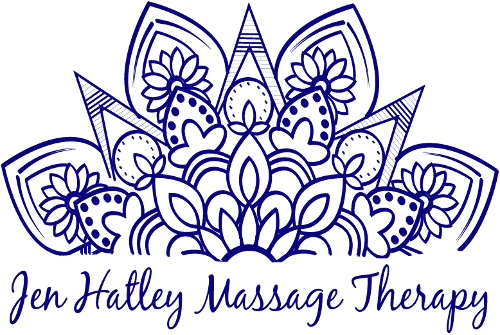A regular massage is often considered to be a treat, rather than a necessity. Most people believe that having a massage is good for aches and pains, or can help if they’ve overdone the exercise. Not everybody realizes that massage therapy is also a powerful painkiller that can even be used to help people with back problems to reduce the amount of medication they must take.
Americans spend at least $50 billion each year on back pain and if you’re one of the 31 million Americans who suffers with back pain at some point in their life, you’ll know how miserable it can be. If you are dealing with chronic back pain – which is pain that’s lasted more than three months and less than six – it can impact on your daily life, and stop you doing things you want to do. You could be reliant on drugs to keep you mobile or help you sleep.
The vicious pain cycle
If you can no longer exercise pain-free, you might end up in a vicious cycle of inactivity which makes your pain worse, which stops you being active. Or you could just increase your meds but that just masks the problem. Also, some strong pain meds contain painkillers opioids like codeine which can lose their power over time as you build up a tolerance to their effects. They can also have unwanted side effects.
What you need is a way to manage your back pain that is effective but doesn’t have the side effects. Wouldn’t you know it, research has shown that regular massage along with your prescribed medication and any other advice from your healthcare supplier can be so powerful that you might be able to decrease the number of painkillers you need to manage your back pain and start to live a more active life.
How massage can help beat back pain
A massage session doesn’t just relax you, it can help to promote tissue repair, improve the blood circulation and does wonders for your stress levels and mood. Recent research showed that regular massage therapy combined with exercise helped people suffering from chronic back pain to feel less anxious about their condition too. The study, which took place at a pain management clinic in Western New York, involved sixty chronic low back pain patients who were split into two groups. One group received regular massage therapy, twice a week for four weeks, along with their regular treatment, and one group only carried on with their prescribed treatments.
The participants all recorded their own pain levels before and after having massage therapy on a scale of one to ten. There was a significant difference between the pre-and post-treatment pain rating in the group that had regular massage, but the control group who carried on as normal reported no changes to their pain levels.
If you suffer with back pain and want to try something different – book that massage session now.

